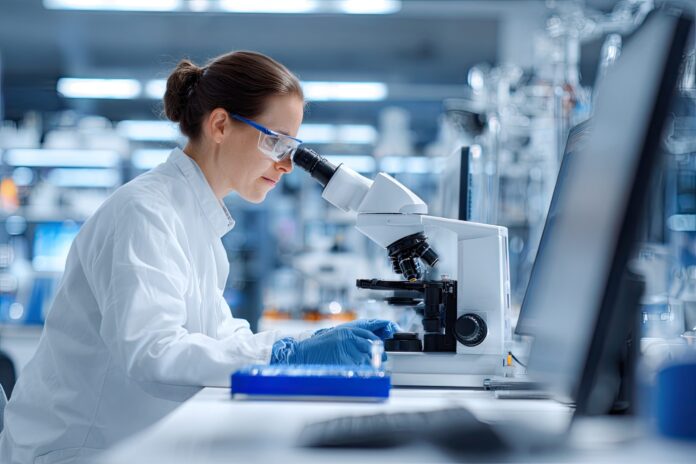Why Reviving Dead Lithium-Ion Batteries Matters Now
Reviving dead lithium-ion batteries is rapidly gaining prominence as technology permeates every aspect of our daily lives. From our smartphones and laptops to the influx of electric vehicles, lithium-ion batteries energize the modern digital ecosystem. Most importantly, extending battery lifespan reduces electronic waste and the demand for resource-consuming mining, creating cascading benefits for both consumers and the environment.
Historically, dead lithium-ion batteries contributed to the planet’s mounting e-waste. According to the International Energy Agency, nearly 13 million tons of such batteries are projected to be discarded by 2030. Because current recycling methods are costly, inefficient, and often result in hazardous byproducts, innovative solutions are desperately needed.
Understanding the Problem: Failure in Lithium-Ion Batteries
Lithium-ion battery failure can occur for several reasons. Under repeated charging and discharging cycles, chemical reactions cause the electrodes to degrade. Poor thermal management and over-discharge accelerate the aging process. As a result, batteries suffer from permanent capacity loss or enter a deep discharge state—a situation long considered a point of no return.
Therefore, extending battery life has become a scientific imperative. It offers not only considerable cost savings for consumers and industry, but also helps to preserve vital raw materials. Besides that, minimizing battery disposal addresses pressing environmental hazards linked to toxic leaks and fire risks.
AI to the Rescue: Electrolyte Discovery Powered by Machine Learning
Recent advances in materials science offer reason for optimism. Artificial intelligence now enables researchers to rapidly identify new electrolyte formulations tailored to restore dead lithium-ion batteries. Traditionally, experimenting with the vast number of possible electrolyte chemical blends was a slow, expensive process. However, AI algorithms process vast datasets in seconds, predicting the outcomes of new combinations based on molecular properties and prior experimental data.
For instance, a recent study demonstrated that AI-derived electrolytes—precisely engineered via algorithms—can rejuvenate deeply discharged and even physically degraded batteries. These supervised learning models consider factors like ionic conductivity, electrochemical stability, and cost-effectiveness, producing custom solutions tailored to specific degradation scenarios.
How AI-Derived Electrolyte Solutions Revive Batteries
AI-derived electrolyte solutions go beyond standard battery repair. They address root causes rather than just symptoms. Typically, in dead lithium-ion batteries, the solid-electrolyte interphase (SEI) at the anode deteriorates, impeding ionic flow and storing capacity. The customized electrolyte, formulated with AI assistance, can re-condition the SEI or dissolve obstructive byproducts, restoring the battery’s internal balance. Because the process is data-driven, it allows for unparalleled precision and adaptability across multiple battery chemistries.
Laboratory tests have shown promising results: batteries thought irreparable regain up to 80% of their original capacity after a tailored electrolyte regime. This breakthrough lengthens battery life cycles and introduces the possibility of multiple renewals, reducing the need for new batteries.
Environmental and Economic Upside
The emergence of AI-derived electrolytes for reviving dead lithium-ion batteries promises a two-fold advantage. From an environmental perspective, each battery saved translates to fewer raw materials mined, less carbon released, and significantly less landfill contribution. Electronic waste is a critical global issue—according to the World Economic Forum, less than 5% of lithium-ion batteries are recycled worldwide. The AI approach can turn this figure around by making refurbishment financially attractive and technically feasible.
On the economic side, businesses and consumers alike stand to gain. Battery replacements represent a substantial share of costs in electric vehicles, portable electronics, and energy storage systems. Reviving dead lithium-ion batteries using AI-driven solutions helps reduce both operational costs and the total cost of ownership.
Real-World Progress and Industry Adoption
Major organizations, from government labs to battery manufacturers, are taking note. The US Department of Energy is supporting several projects that utilize machine learning to unlock new electrolyte chemistries. Startups and established battery giants alike are investing in AI-powered research, aiming to commercialize these solutions and bring them to market in the coming years.
Besides that, global regulations are increasingly favoring circular economy solutions. Policies incentivizing battery refurbishment and extended producer responsibility accelerate adoption of such green technologies.
The Road Ahead: Opportunities and Challenges
Most experts agree that while AI-derived electrolyte solutions promise transformative benefits, challenges remain. Large-scale implementation requires further improvements in cost reduction, process standardization, and safety metrics. Even so, ongoing research continues to deliver advancements, inching closer to commercial viability.
Moreover, the data-centric nature of AI models offers another exciting prospect: their predictive capabilities can be extended to forecast battery health, optimize charging protocols, and reduce the risk of catastrophic battery failures. As the AI–battery synergy strengthens, smarter batteries with built-in self-healing capabilities may soon become the norm.
Conclusion: Redefining Energy Storage for a Sustainable Future
Reviving dead lithium-ion batteries with AI-derived electrolyte solutions represents a major leap toward sustainable energy and smarter technology. Because this innovation bridges the gap between artificial intelligence and electrochemistry, it not only reduces e-waste but also empowers industries and consumers by making energy storage more reliable and affordable.
As research accelerates and adoption spreads, society will reap the environmental and economic rewards. Watching this revolution unfold, it’s clear: the future of batteries is not just about bigger capacity, but also smarter, longer, and greener lifecycles.



